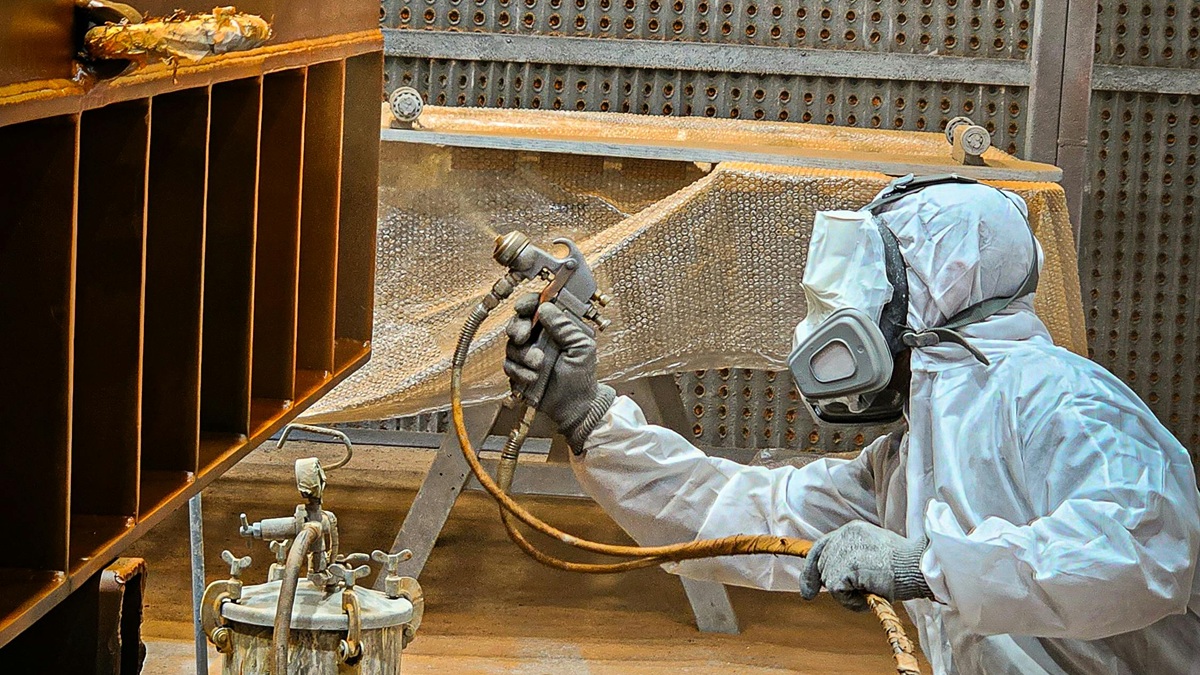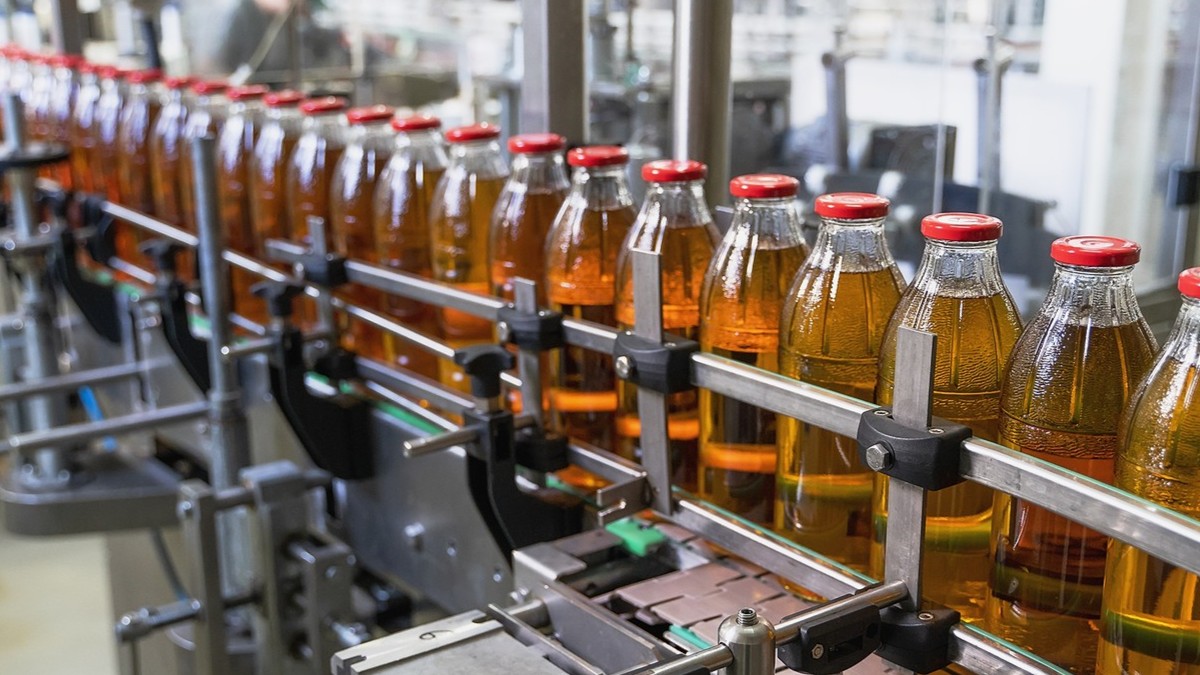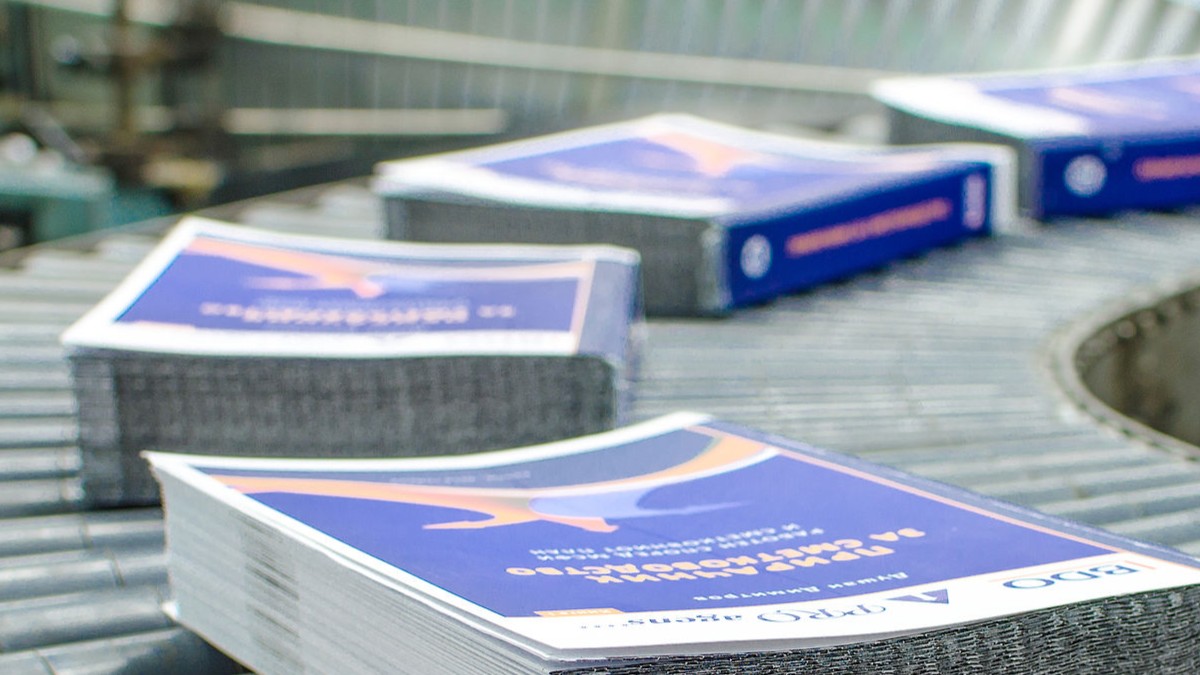Artificial intelligence illuminates the evolution of IoT and promotes three key application areas.
What is AIoT?
AIoT, short for AI + IoT. AIoT meaning the combination of artificial intelligence technology and the Internet of Things in practical applications.
IoT (Internet of Things, Internet of Things) technology has penetrated human life. It has been closely related to our lives, but its popularity has not slowed down. Recently, artificial intelligence (AI) and IoT are closer to each other, and the two have merged The new application "AIoT (Artificial Intelligence Internet of Things)" has created a new pattern among industries.
Considering artificial intelligence independently, this powerful and subversive technology is also called machine intelligence. It is a computer program developed and designed by human beings. It shows technology similar to human intelligence through calculation. Data and learn from it, through flexible adjustments to achieve specific goals and tasks. "
Artificial intelligence illuminates the evolution of IoT, AIoT comes from human nature.
Let's talk about well-known IoT. After a large number of products connected to a closed or global network are released, they are different from the operation mode of previous home appliances. In addition to their original specific functions, they also have the remote control, internal structure error detection recognition, and even serial connection with other devices. The functions of these IoT appliances are closer to human nature than before, so they are generally defined as "smart appliances."
As people are increasingly accustomed to the various conveniences and personalized services brought by IoT devices, taking smartphones as an example, a large amount of data is quickly generated by one machine at a time. Different scenarios with medical treatment.
These "first-generation smart home appliances" that are popular in human society are all IoT devices. The data returned by them has increased in proportion to the growing users. Massive data from all over the world have become one of the most valuable products in the digital age. How to manage and analyze big data and gain insights into trends and use data services is the current industry's concern, and artificial intelligence technology has just become an IoT solution.
Thinking from the perspective of artificial intelligence, the power of this technology is based on the calculation after data exploration. Due to the popularity of networked devices, the amount of sufficient data has been accumulated, making artificial intelligence algorithms more feasible for data analysis and making artificial intelligence. From the initial assistance and enhancement functions to the autonomy after deep learning.
In order to make the algorithm-driven, it is crucial how the device equipped with artificial intelligence is seamlessly connected to the huge database. Therefore, optimizing the interconnected network environment of all things constituted by IoT is the key factor for artificial intelligence to play its best.
The future is now, the three key technologies of AIoT
Because artificial intelligence technology enables machines to learn from external data, make predictive analysis, or assist in decision-making after analysis, the immediacy of IoT communicating data is very important for the calculation of artificial intelligence autonomous adaptation learning systems. Simply put, we can compare artificial intelligence to the central nervous system of AIoT, which is the surrounding nervous system.
The convergence of mature IoT and artificial intelligence technologies has evolved into "AIoT". When smart devices join AIoT capabilities and further evolve, they can provide services that users expect and even exceed expectations. It is no wonder that countless industry giants have to Invest in AIoT research because AIoT is a key piece to piece together the "future".
Focusing on the outstanding performance of IoT after introducing artificial intelligence technology, the investment and development scale of AIoT in all walks of life continued to expand. In addition to the aforementioned smart home imagination created by AIoT, AIoT application trends also include three key technologies that will greatly affect human society. This time we will discuss in-depth and gain a glimpse of the development of AIoT in the next decade.
-
Cloud data and analysis
Cloud services are an indispensable part of the traditional IoT ecosystem and can be roughly divided into three service models: infrastructure, platform, and software (IPS). Recently, technology companies that provide cloud services have also begun to actively integrate data resources and strengthen AI products, showing the vigorous expansion of the AIoT industry.
BI (business intelligence) and data exploration have always been the focus of enterprise development. In order to obtain a more refined market return on investment (ROI) in the rapidly changing digital era, there is a strong integration demand between the cloud data analysis market and AI.
For example, in the computer industry, in the past, some people would buy it after the computer went public. Today, with fierce competition, companies must use BI to integrate artificial intelligence to sniff out business opportunities: analyze the weighting factors that affect revenue, and judge the need to reallocate the resources invested from the financial report, or propose trends and development plans.
The actual case is like, the US commercial data statistics and analysis company SAS announced in March this year that it will invest 1 billion US dollars in artificial intelligence. In addition, Google, which is committed to keeping up with Amazon and Microsoft's cloud market share, spent $ 2.6 billion to acquire Looker, a technology company known for BI and data analysis platforms.
Google ’s well-known machine learning and other artificial intelligence technologies have assembled Looker ’s powerful business data analysis products to enable Google ’s cloud platform services (PaaS) to provide more complete analysis solutions for specific industries.
In addition, despite being questioned by the market, customer relationship management (CRM) cloud service giant Salesforce has also acquired Tableau, a well-known visual data analysis tool maker, at an astonishing price ($ 15.7 billion).
The successive mergers and acquisitions of the cloud industry can be interpreted as: The accumulation of global big data has reached a considerable scale. The various BI and data analysis tools originally used by enterprises are not enough to cope with the current situation. Use into revenue.
-
Embedded systems and sensors
Embedded systems are generally customized for a special purpose, a closed system developed by integrated software and hardware (such as GPS for navigation, ibon of Xiaoqi, digital assistant or PDA, etc.). Traditional IoT control operations are performed by sensors equipped with embedded systems, that is, collecting data through these sensors.
When artificial intelligence technology is miniaturized and the sensor is introduced, the computing power of the embedded device equipped with AIoT also needs to be improved. In this way, the data does not have to be sent back to the cloud for artificial intelligence analysis. The edge can perform basic operations and edge operations. As the proportion of the overall architecture increases, the device is not afraid even if it is not connected to the global network.
In terms of industrial digital transformation, AIoT has enabled the slogan of "manufacturing factories" in many manufacturing industries to be further realized. Production equipment and material warehouses are endowed with networking functions by the IoT. Automated production and warehouse management are more complete due to the integration of artificial intelligence. Multiple.
For example, the real-time monitoring and feedback function of the smart sensor is not only suitable for tracking the inventory of raw materials, but also can prevent large-scale mechanical equipment of the factory from failing (after data analysis, actively predicting the timing of the next failure), correcting and intervening Improper operation; can also use data to operate autonomously with deep learning.
In addition to being applied to industrial digital transformation to increase profitability, other specific applications are like bionic machinery equipped with AIoT technology. The Purdue University of the United States recently publicly used 3D printing to create a hummingbird robot with a fairly real hummingbird size and weight. The algorithmic flight compiled by the hummingbird flight action, although not equipped with an image sensor, can navigate in the dark (or find survivors under collapsed buildings) through electronic haptics and artificial intelligence calculations capable of analyzing touch data, even You can draw a map without seeing the surrounding environment.
In terms of the daily life of consumers, IoT wearable devices have been used in the field of silver-haired health care for many years. The sensors upgraded by AIoT can not only effectively pay attention to the health status of the elderly, but also prompt the elderly to exercise rehabilitation and avoid wrong postures and movements; The connection between the sensor and the medical system, the sensor can respond quickly, notify the ambulance personnel in a crisis, and let the rescue be completed within the golden time limit.
Artificial intelligence can also learn knowledge from a large amount of data in the device, infer in the virtual human body architecture, and assist in medical decision-making. AIoT will gradually implement the vision of smart life.
-
5G and AIoT
With the introduction of new mobile communication technologies, we know that 5G (fifth-generation mobile communication technology), which has recently become a hot topic, must be faster than before. 5G is simply an extension of 4G. Due to greater bandwidth and wider coverage, the speed can be up to 100 times faster than 4G, and the delay time between transmission and reception points is less than 1 millisecond.
The 5G low-latency feature is also a key technology that promotes the popularization of AIoT. Taking the Internet of Vehicles and self-driving cars as examples, many data sensors and camera lenses are installed in the car. When combined with IoT, it can not only monitor the vehicle status but also follow the driver All the wearable devices are connected in series to judge the vital signs of driving, such as fatigue or falling asleep. A large amount of data is uploaded to the cloud through 5G for artificial intelligence analysis, which can help road conditions judgment and prevent accidents.
The Internet of Vehicles is an AIoT application that is critical to the lives of drivers and passengers. It cannot allow any delay during the operation. In order to avoid the risk caused by insufficient or too slow data transmission during the processing of traffic information, 5G two-point transmission is low the delay feature solves this problem. In the near future, the networking environment after the popularization of 5G devices will drive the ecological development of AIoT applications, and AIoT will also reshape our work and life.
If you want to receive more instant messages, please follow our Instagram, Facebook, Twitter accounts.




.jpg)








.jpg)
.jpg)